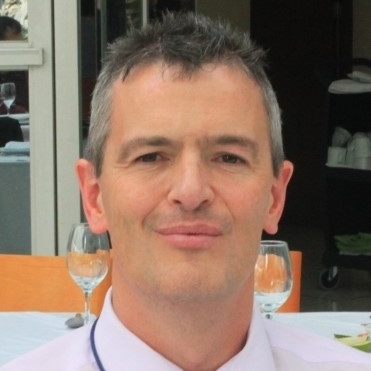Managed Aquifer Recharge: A key to Sustainability
A special issue of Water (ISSN 2073-4441). This special issue belongs to the section "Water Resources Management, Policy and Governance".
Deadline for manuscript submissions: closed (18 November 2022) | Viewed by 54478
Special Issue Editors
Interests: IWRM; hydrogeology; technical solutions for water management; design and construction criteria
Special Issues, Collections and Topics in MDPI journals
Interests: soil aquifer treatment (SAT); managed aquifer recharge (MAR)
Interests: groundwater hydrology; surface water hydraulics; geotechnical engineering; dam safety
Special Issue Information
Dear Colleagues,
Managed aquifer recharge (MAR) or the intentional recharge of groundwater aquifers has become a fundamental technique in the global water management effort for integration, the restoration of declining aquifers, sustainability, and collective improvement. Traditionally it has not been considered to the extent that it deserves due to a lack of awareness, inadequate knowledge of aquifers, the immature perception of risk, and incomplete policies for integrated water management, including linking MAR with demand management.
MAR is part of the integrated and collective approach to water management and can also achieve much towards solving the innumerable local water problems, including multilevel governance schemes.
How the world will develop resilient groundwater supplies in the face of continued growth, climate change, and endangered water security includes MAR as a first-line technology; the time is now.
This Special Issue strives to make patent the effectiveness, benefits, constraints, and applicability of MAR, together with its supporting scientific advances, for a wide variety of situations that have global relevance. It also provides an opportunity for including additional, highly relevant, and timely MAR-related papers submitted to J Water.
The topics include MAR and:
- MAR and sustainable groundwater management;
- MAR engineering and design;
- MAR economics/water markets;
- MAR and integrated water resources;
- MAR operations and maintenance;
- MAR modeling;
- MAR and the environment;
- MAR in the developing world;
- MAR education and outreach;
- MAR emerging contaminants and water quality;
- MAR and climate change;
- MAR science for applied solutions;
- Emerging MAR leaders;
- Technical advances in MAR;
- MAR 2050—water resiliency in our changing climate;
- Facing climate change’s adverse impacts;
- Adaptation to climate change.
Dr. Enrique Fernández Escalante
Dr. Catalin Stefan
Dr. Christopher J. Brown
Dr. June Mirecki
Guest Editors
Manuscript Submission Information
Manuscripts should be submitted online at www.mdpi.com by registering and logging in to this website. Once you are registered, click here to go to the submission form. Manuscripts can be submitted until the deadline. All submissions that pass pre-check are peer-reviewed. Accepted papers will be published continuously in the journal (as soon as accepted) and will be listed together on the special issue website. Research articles, review articles as well as short communications are invited. For planned papers, a title and short abstract (about 250 words) can be sent to the Editorial Office for assessment.
Submitted manuscripts should not have been published previously, nor be under consideration for publication elsewhere (except conference proceedings papers). All manuscripts are thoroughly refereed through a single-blind peer-review process. A guide for authors and other relevant information for submission of manuscripts is available on the Instructions for Authors page. Water is an international peer-reviewed open access semimonthly journal published by MDPI.
Please visit the Instructions for Authors page before submitting a manuscript. The Article Processing Charge (APC) for publication in this open access journal is 2600 CHF (Swiss Francs). Submitted papers should be well formatted and use good English. Authors may use MDPI's English editing service prior to publication or during author revisions.
Keywords
- groundwater replenishment
- water-quality improvement
- water security and risk
- policy, economics, and society
- groundwater biogeochemical processes
- water security
Benefits of Publishing in a Special Issue
- Ease of navigation: Grouping papers by topic helps scholars navigate broad scope journals more efficiently.
- Greater discoverability: Special Issues support the reach and impact of scientific research. Articles in Special Issues are more discoverable and cited more frequently.
- Expansion of research network: Special Issues facilitate connections among authors, fostering scientific collaborations.
- External promotion: Articles in Special Issues are often promoted through the journal's social media, increasing their visibility.
- Reprint: MDPI Books provides the opportunity to republish successful Special Issues in book format, both online and in print.
Further information on MDPI's Special Issue policies can be found here.








